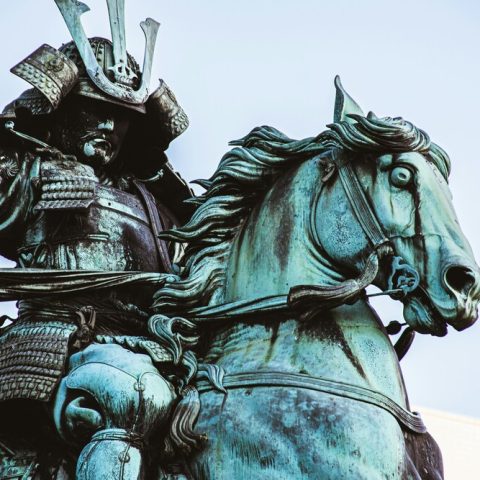
Do you have a sweet tooth? A curiosity about traditional Japanese culture? Or perhaps an eye for culinary aesthetics? If you’ve said yes to any of the above, you are definitely in for a treat.
Nestled in the heart of Hiroshima’s culinary traditions is a confectionery definitely worth traveling for—the elegant Momiji Manju. Served hot and freshly steamed, this regional delicacy in the shape of a maple leaf (Momiji is the Japanese word for maple leaf), makes for the perfect snack while strolling the streets of Hiroshima. But what’s so special about this treat and what makes it different from the other traditional sweets out there?
What is Manju? Exploring Japanese Culinary Delights

Manju Shop – Photo Credit: ALP
Before unwrapping the secrets behind its craftsmanship, flavors, and cultural significance—we must ask what is a manju anyway?
The manju is a classic staple in the world of traditional Japanese sweets. It is made using simple ingredients such as rice, flour, or buckwheat, and it is commonly enjoyed with a warm cup of green tea. But don’t let its simplicity fool you! Although not as complex as other sweets, the manju is not something to overlook while in Japan. Combined with a sweet red bean filling (also known as anko), the manju transforms into an unforgettable culinary treat.
That’s not all… If you’ve explored Japan before, you may have noticed that manju often comes in different shapes and sizes. In fact, there are hundreds of variations to be sampled all across Japan, and the most iconic and beloved by locals is the Momiji Manju.
All About Momiji Manju
Japan is known for its love of the four seasons. As the months go by, you’ll notice the change not only in nature but even in food. This confectionery is one example of Japan’s fascination with the autumn season. It is named as such because of its maple leaf shape. But unlike the crimson and gold-colored leaves, the Momiji Manju can be enjoyed year-round.

Tempura Momiji Manju – Photo Credit: きものとぐるめ
Traditionally, it is steamed and commonly filled with sweet red bean paste—just like its standard variant. But today, you can find a multitude of unique flavors and interesting twists to this traditional recipe. Aside from chocolate, matcha, and custard, Hiroshima’s flagship stores offer flavors such as cream cheese and lemon. Specialty manju stores also serve deep-fried versions, considered a novelty even here in Japan. Through a fusion of both Western and traditional patisserie techniques, these stores bridge the culinary gap between Japan and the rest of the world. Truly the perfect experience for anyone with an adventurous palate!
Here’s a humble list of must-visit Momiji Manju shops in Hiroshima and Miyajima Island:
The History of Momiji Manju
The exact origin is difficult to trace, but one thing is certain: it is a work of art. It is said that the first Momiji Manju was created by artisans who took inspiration from the beauty of the changing seasons—particularly, the vibrant hues of the autumn leaves.
Through their culinary creations, they wished to represent nature’s flow and the ephemeral beauty of life… Who knew that such a deep and reflective history could be borne by such a sweet and simple treat? Though it isn’t clear when and where it was created, it has become an irreplaceable part of Hiroshima’s cultural history and is now considered a symbol of the region itself.

Momiji Manju with Sweet Red Bean Filling (Anko) – Photo Credit: ぽぽ☆さん
Indulging in Momiji Manju isn’t just about enjoying a sweet treat; it’s an invitation to delve into the rich tapestry of Japanese culture and the century-old traditions of Hiroshima. While you wander the streets of this historic city, why not let the enticing freshly steamed scent be your guide to an exciting culinary adventure?
Those with a penchant for unique flavors and an appetite for exploration should highly consider making their way to Hiroshima. Immerse yourself in the world of Momiji Manju, where each bite unfolds a narrative of artistry, innovation, and a deep appreciation for the ever-changing seasons. Embark on this culinary journey, relish the flavors that encapsulate the culture of Hiroshima, and allow your taste buds to revel in the joy of discovery.
Featured image by みちもち
To try Momiji Manju and other regional favorites, check out our Best of Hiroshima Food Tour with an expert guide!




